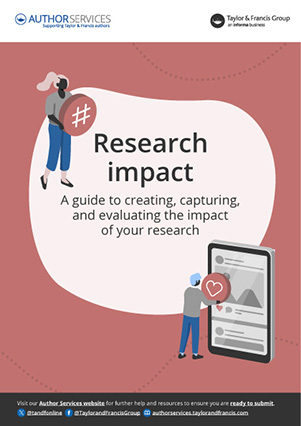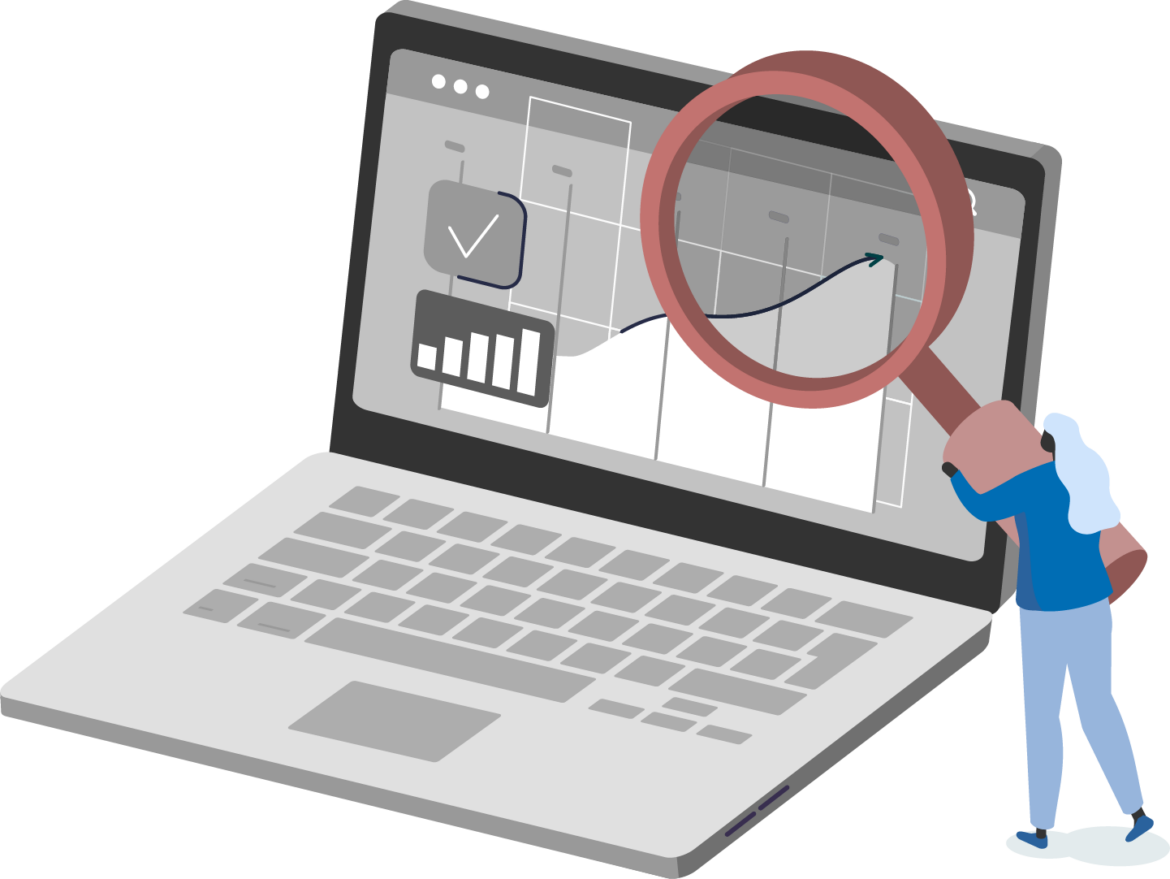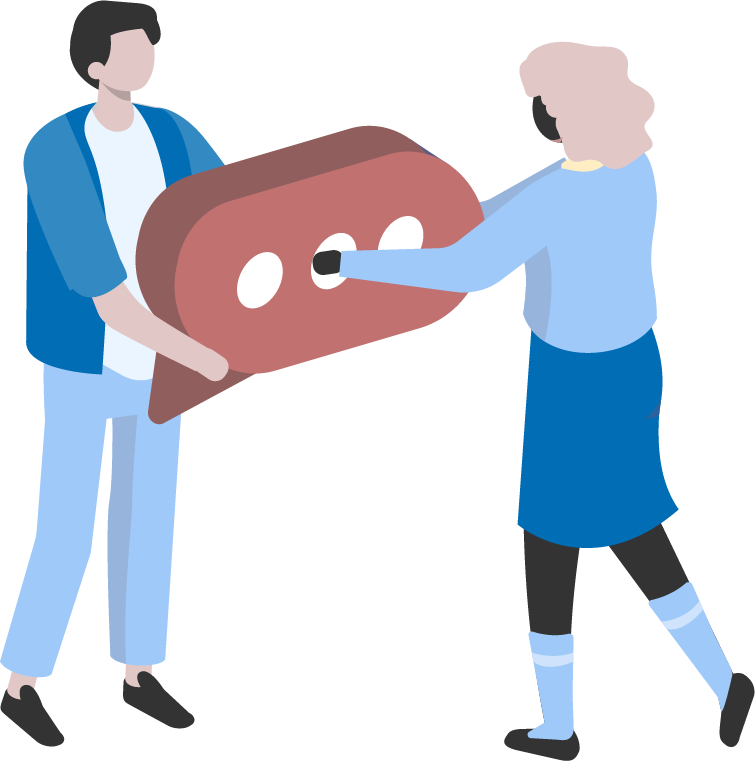After publication
You may think that getting your paper published is the final step in the process, but there is more to be done.
Read on to find out about your post-publication journey.

Authored works is our dedicated center for all authors who have published in a Taylor & Francis journal. Once you have published with us, Authored works is where you can:
Download the PDF or view the HTML of your article
Check the latest download figures and more
Get your free eprint link to share with friends and colleagues
Check your article’s latest Altmetric data
Manage your new-content alerts for all our journals
Check your citations

You can also keep track of how many free eprints you have left, and easily post an eprint directly to Twitter, Facebook, or LinkedIn using the social share buttons. An eprint link allows perpetual access to your article, even if it is in a subscription journal you don’t otherwise have access to. This is for all named authors on the paper.
Learn more about Sharing your work.
For further information on Authored works visit our TFO help page.
If you opt in to our emails we will also send you information on the key metrics for your article, such as views and citations. You’ll receive these three, six, and twelve months after your article has been published.
If you would like hard copies, you can order print copies of your article directly from us, both pre- and post-publication.

Publishing on F1000Research? Head to the My Research tab to access your drafts, submissions, and published articles quickly and easily.
To access your Authored works, simply log in to Taylor & Francis Online, and you’ll see Authored works as an option in the left-hand menu. All the articles you have published on Taylor & Francis Online will be listed here, with their associated readership and citation data.
Sometimes after an article has been published it may be necessary to make a change to the Version of Record. Authors should notify us as soon as possible if they find errors in their published article, especially errors that could affect the interpretation of data or reliability of information presented. It is the responsibility of the corresponding author to ensure consensus has been reached between all listed co-authors prior to putting forward any requests for corrections or retractions to an article.
Changes will be made after careful consideration by the Editor who is also supported by Taylor & Francis staff to ensure any necessary changes are made in accordance with guidance from the Committee on Publication Ethics (COPE).
Learn more about corrections to published articles.
Making changes to articles published on F1000Research works slightly differently; in traditional journals, where articles are peer reviewed before publication, corrections are published to alert readers to errors that became apparent after publication. By contrast, articles in F1000Research undergo post-publication peer review and publication is not ‘final’ as new versions can be added at any stage. You can find out more about the F1000Research versioning system.
You may require your paper to be translated.
If you’re the author of a published article, and you’d like to translate it into another language, please see our permissions guide.
If you’re not the author of the article, you will have to obtain the author’s permission. Please see our permissions guide.
Please make sure that the translated version acknowledges the original article as the version of scholarly record, including a hyperlink to the source, for example:
This is a translation of an article published by Taylor & Francis in [JOURNAL TITLE] on [date of publication], available online: https://doi.org/[Article DOI].
Taylor & Francis works hard to maximize the discoverability of your work. There is also lots you, as the author, can do post-publication to help your research have an impact.
Find out why this is an important topic in the research world and where to start on our research impact resource page.

Why not begin by using our tool to create a personalized banner to promote your published article?
We’ve got lots of guidance on using specific channels to share the news about your work, including a guide to Twitter for researchers, and a how-to guide for writing an academic blog post.
We’ll also walk you through how to measure impact at both article-level and journal-level.
Publishing tips, direct to your inbox
Expert tips and guidance on getting published and maximizing the impact of your research. Register now for weekly insights direct to your inbox.



